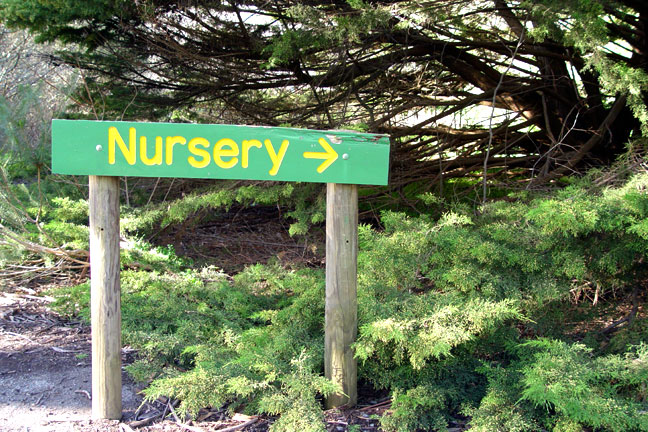Natural Born Nutrients
Myth: "Aren't commercial fertilizers chemicals... Harmful to wildlife, the environment and people?"
REALITY:
• Fertilizers are natural-born nutrients that plants can digest: “plant food.”
• Nutrients in fertilizers are the same as those in foods we eat and in our bodies.
• Fertilizers are not toxic. In fact, these nutrients are in the ground we walk on and the air we breathe.





